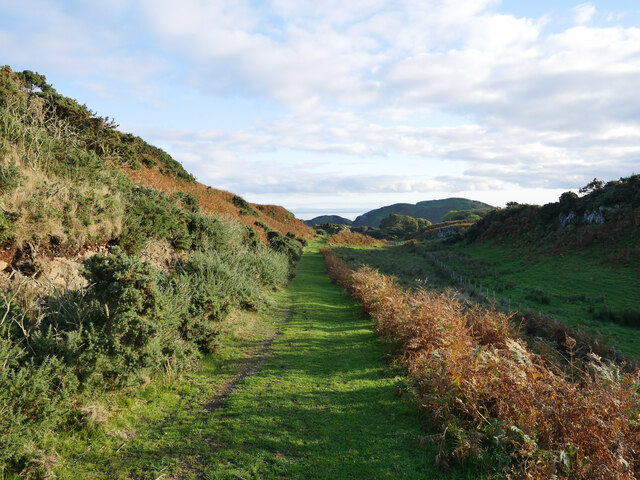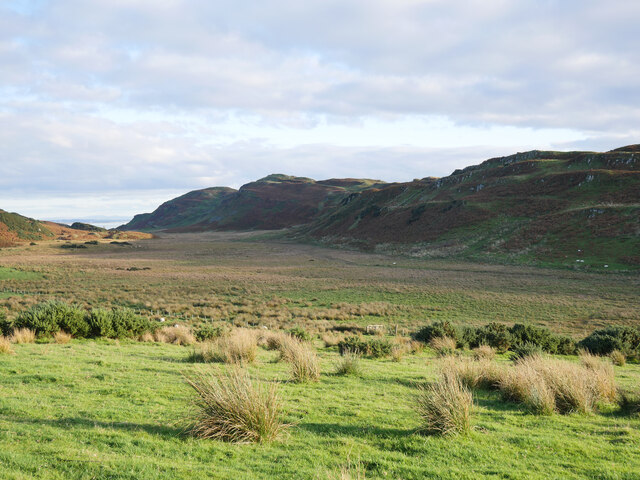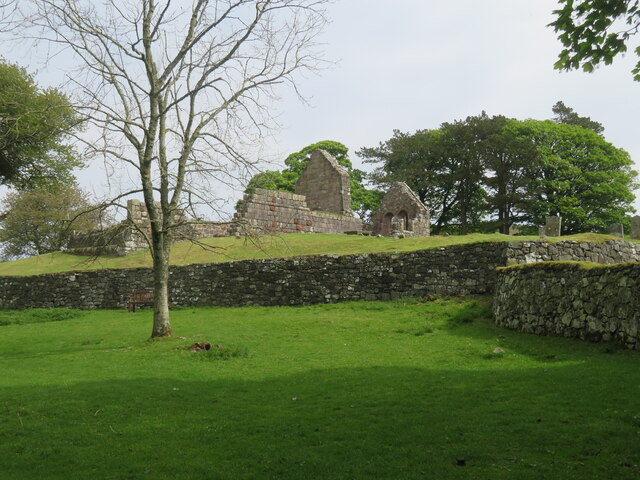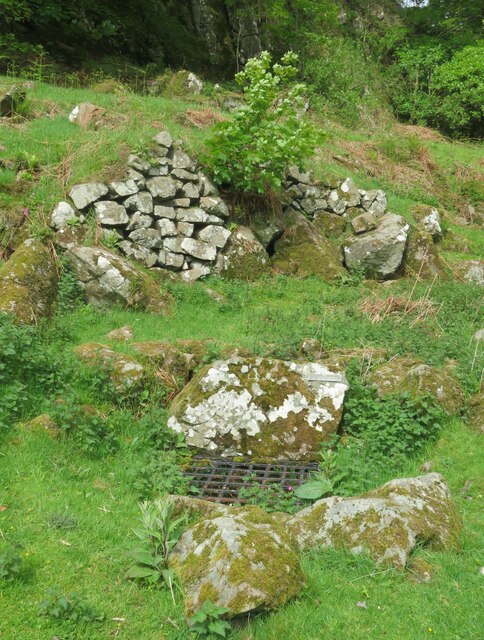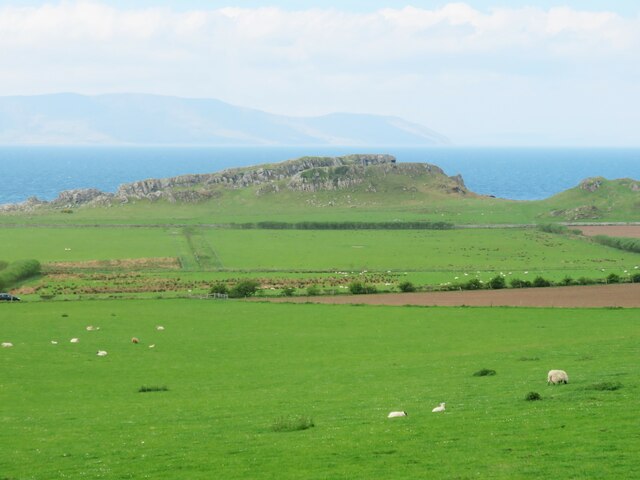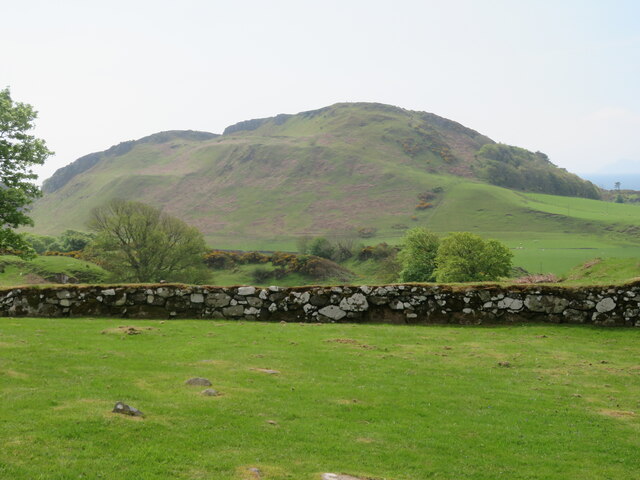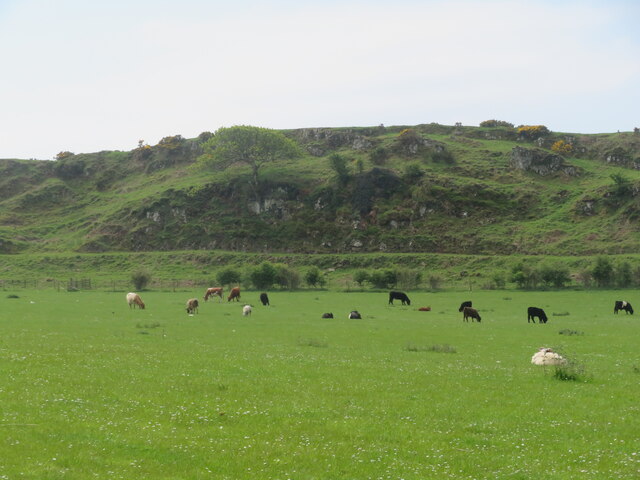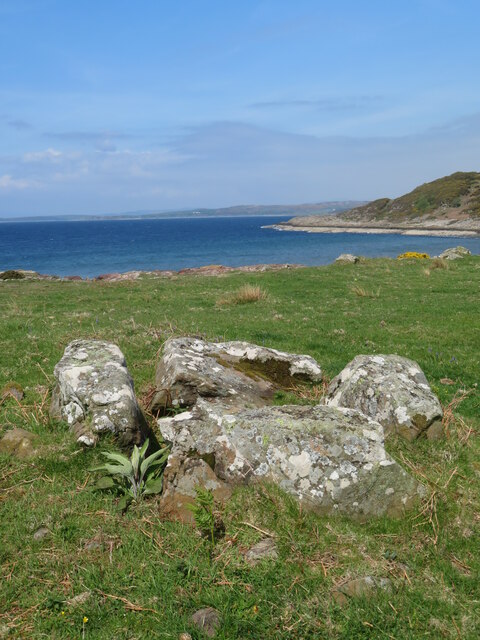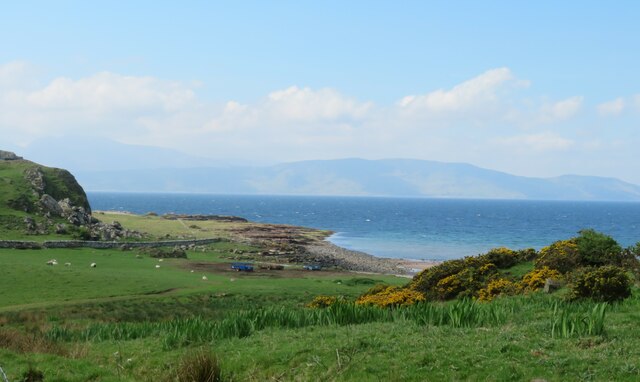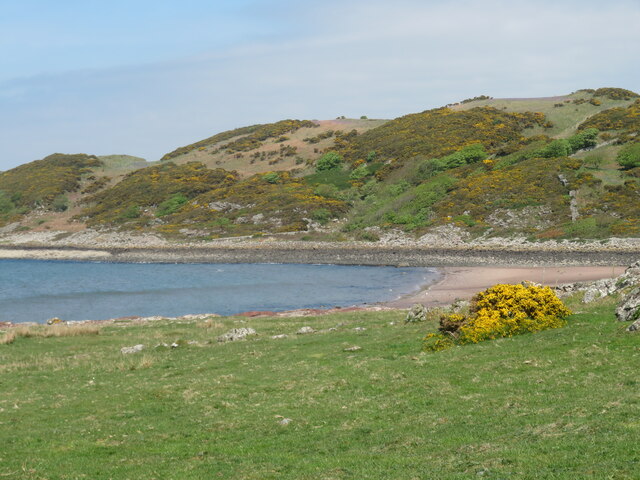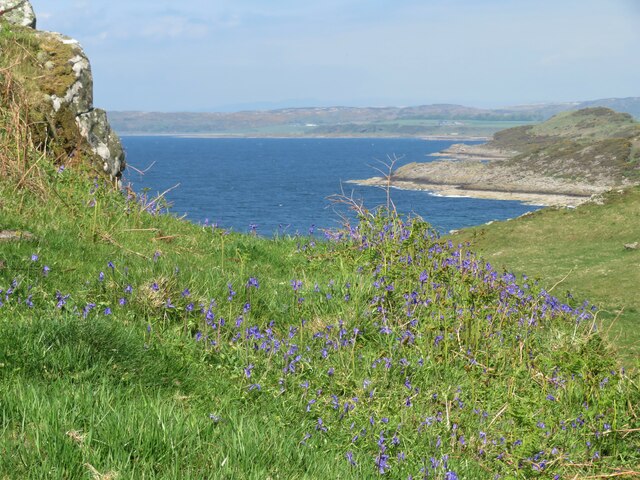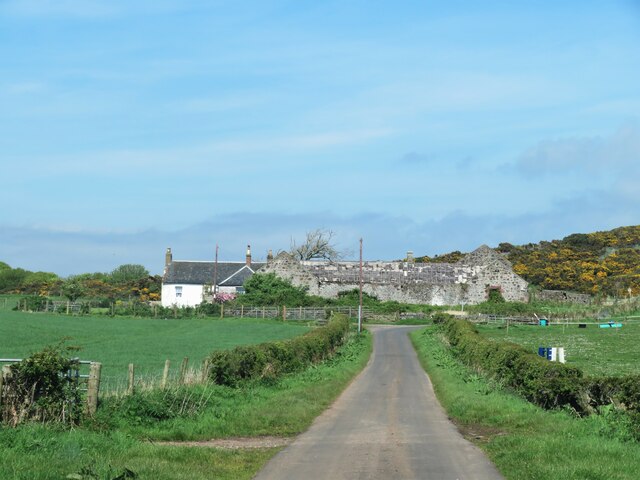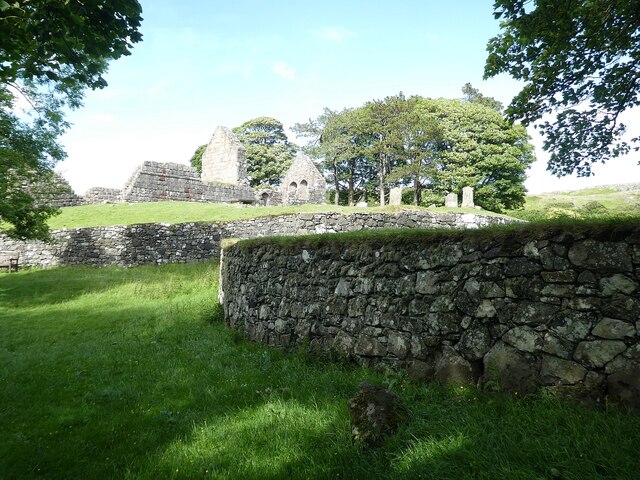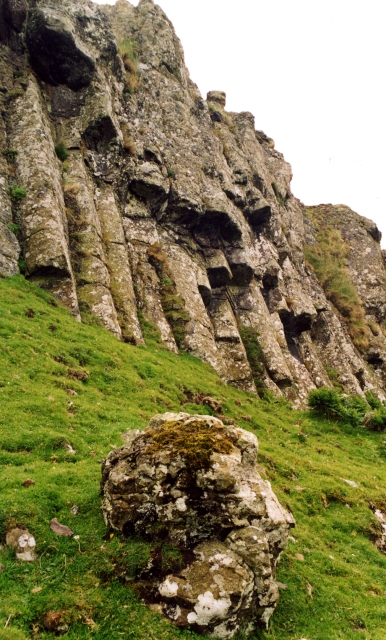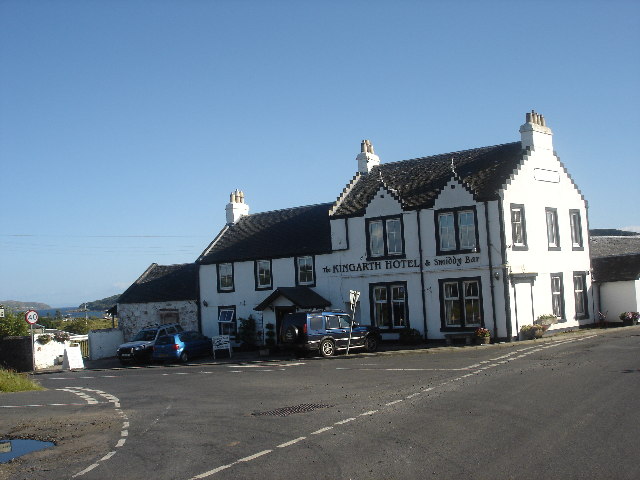Dunstrone
Heritage Site in Buteshire
Scotland
Dunstrone
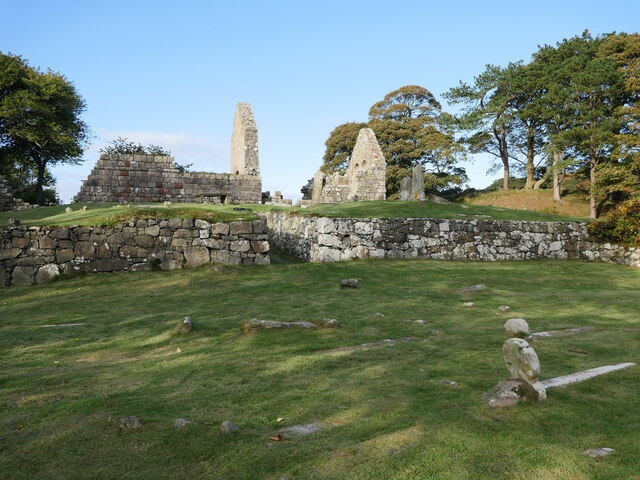
Dunstrone, located in the county of Buteshire, Scotland, is a renowned heritage site that holds historical significance for the region. Situated on a rocky promontory overlooking the Firth of Clyde, this ancient fortress has a rich and fascinating history.
The origins of Dunstrone can be traced back to the Iron Age, with evidence of settlement dating as far back as 500 BC. It is believed that the site was initially used as a hillfort, offering strategic advantages for defense against potential invaders. Over the centuries, Dunstrone underwent several transformations, with each successive civilization leaving its mark on the site.
The most prominent feature of Dunstrone is its impressive stone fortifications, which were built during the medieval period. The fortress was strategically positioned to control access to the Clyde estuary, and it played a crucial role in defending the region against Viking raids. The imposing walls, towers, and gatehouses that remain today are a testament to the architectural prowess of the time.
Visitors to Dunstrone can explore the ruins of the fortress and experience a glimpse of its turbulent past. The site offers breathtaking views of the surrounding landscape, including the nearby Isle of Arran and Ailsa Craig. Information boards and guided tours provide visitors with fascinating insights into the history and significance of Dunstrone.
Dunstrone is a cherished heritage site, attracting history enthusiasts, archaeologists, and tourists alike. Its enduring presence serves as a reminder of the region's rich cultural and historical heritage, making it an essential destination for those interested in Scotland's past.
If you have any feedback on the listing, please let us know in the comments section below.
Dunstrone Images
Images are sourced within 2km of 55.747/-5.052 or Grid Reference NS0854. Thanks to Geograph Open Source API. All images are credited.
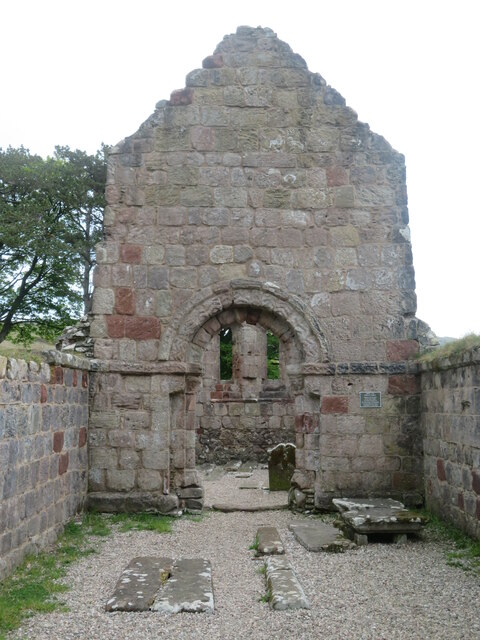
![Track to Dunagoil Headland composed of volcanic rocks overlooking a fine sandy bay [off photo to the right]. There's traces of a vitrified fort on the highest part of the hill, a burial cist below, a couple of interesting caves, plus some items that this contributor couldn't find, such as cup marked stones and St Blane's Stone.](https://s1.geograph.org.uk/geophotos/07/18/23/7182349_2750d0a1.jpg)
Dunstrone is located at Grid Ref: NS0854 (Lat: 55.747, Lng: -5.052)
Unitary Authority: Argyll and Bute
Police Authority: Argyll and West Dunbartonshire
What 3 Words
///cult.opponent.soggy. Near Millport, North Ayrshire
Nearby Locations
Related Wikis
Dunagoil
Dunagoil is a vitrified fort or dun on the Isle of Bute – an Iron Age hill fort whose ramparts have been melted by intense heat. It stands on a volcanic...
Kilchattan Bay
Kilchattan Bay is a village on the Isle of Bute, Scotland. It lies on the island's southern end, along the coast road at the foot of a steep hill called...
Strathclyde
Strathclyde (Ystrad Clud in Northern Brittonic; Srath Chluaidh [s̪t̪ɾa ˈxl̪ˠɯi] in Gaelic, meaning 'strath [valley] of the River Clyde') was one of nine...
Kingarth
Kingarth (Old Irish: Cenn Garad; Scottish Gaelic: Ceann a' Gharaidh) is a historic village and parish on the Isle of Bute, off the coast of south-western...
Nearby Amenities
Located within 500m of 55.747,-5.052Have you been to Dunstrone ?
Leave your review of Dunstrone below (or comments, questions and feedback).
